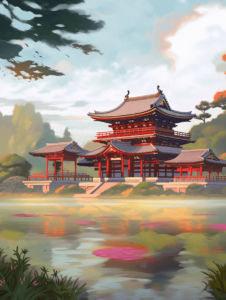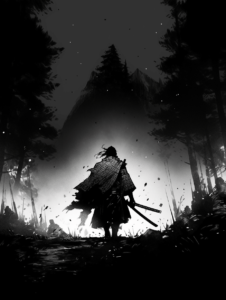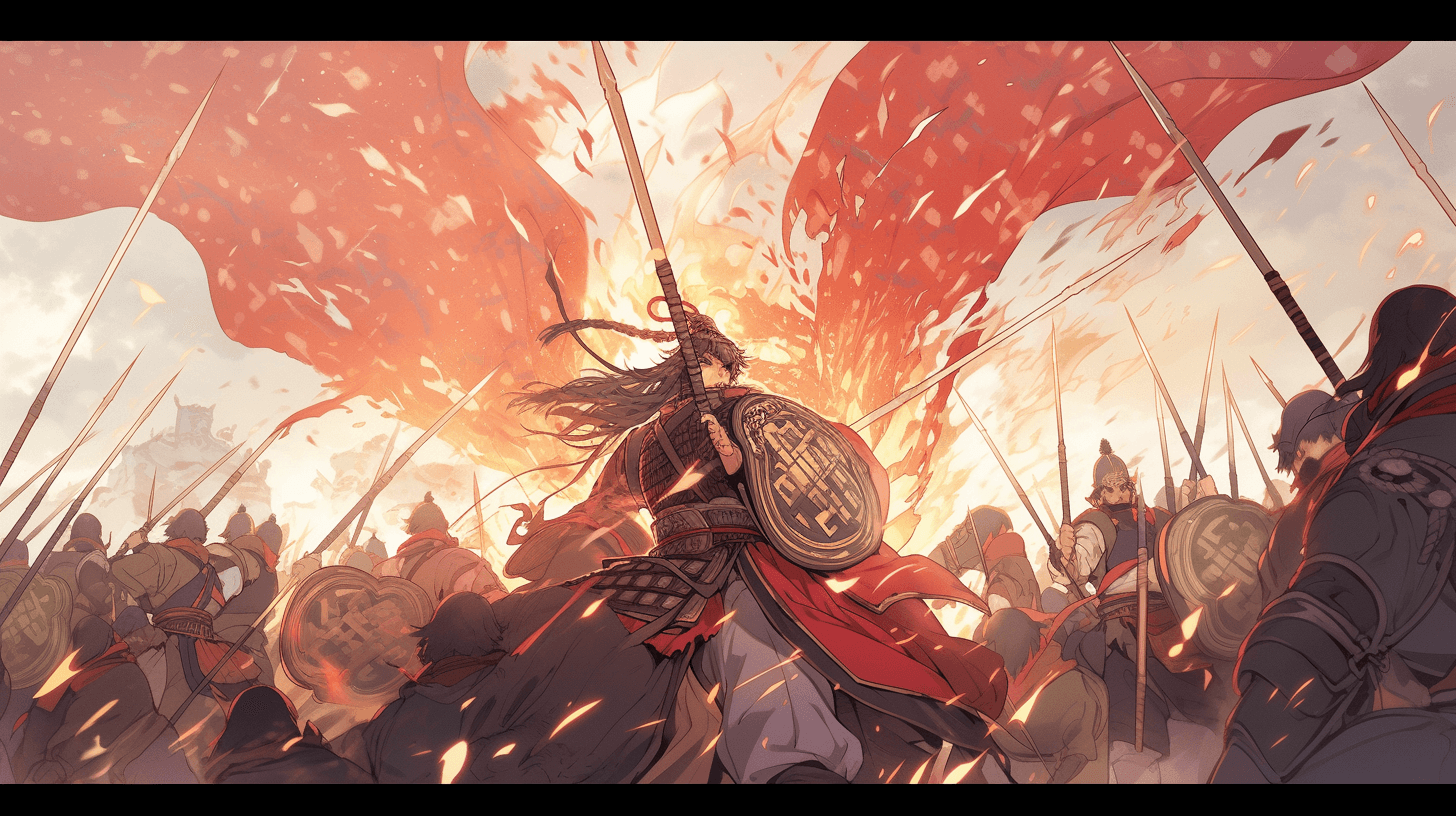Hello, everyone! Thank you so much for stopping by my blog today.
Our topic for this post is the exploration of the history of Japan’s iconic samurai.
By reading this, you’ll gain a deeper understanding of the history of this warrior class, from its origins to its decline.
The Origin of Samurai

The origins of the samurai trace back to ancient Japan, but it was not until the end of the Heian period (794-1185) that they began to hold significant societal power.
Originally servants and bodyguards to nobles, they found themselves forced to arm for self-defense and status amid unstable political conditions, and as a result, the samurai were born.
The Heyday of Samurai

From the Kamakura period (1185-1333) to the Muromachi period (1336-1573), the samurai experienced their heyday.
They formed military guilds and wielded great influence over Japanese politics and society.
During this period, samurai honed their martial arts skills in constant warfare and chaos, including swordsmanship, archery, and horsemanship, and they also shaped the value system and ethical norms that would become the prototype of “Bushido.”
The Decline and Demise of Samurai

However, with the advent of the peaceful Edo period (1603-1868), the role of samurai changed dramatically.
The primary role of the warrior shifted to administrative tasks, and their lives became more cultural.
Ultimately, with the Meiji Restoration (1868), the new government abolished the samurai system, and the samurai vanished from the stage of history.
The history of Japan’s samurai is incredibly deep and complex.
Samurai demonstrated high standards not only in combat skills but also in morals and arts. T
he existence of samurai has had a significant influence on Japanese culture today.
This is a brief history of the samurai.
If you wish to learn more, please stay tuned for more in-depth posts on various aspects of samurai history.



Comments